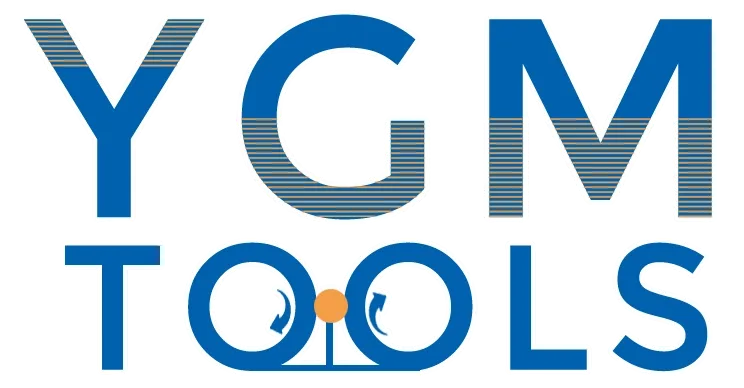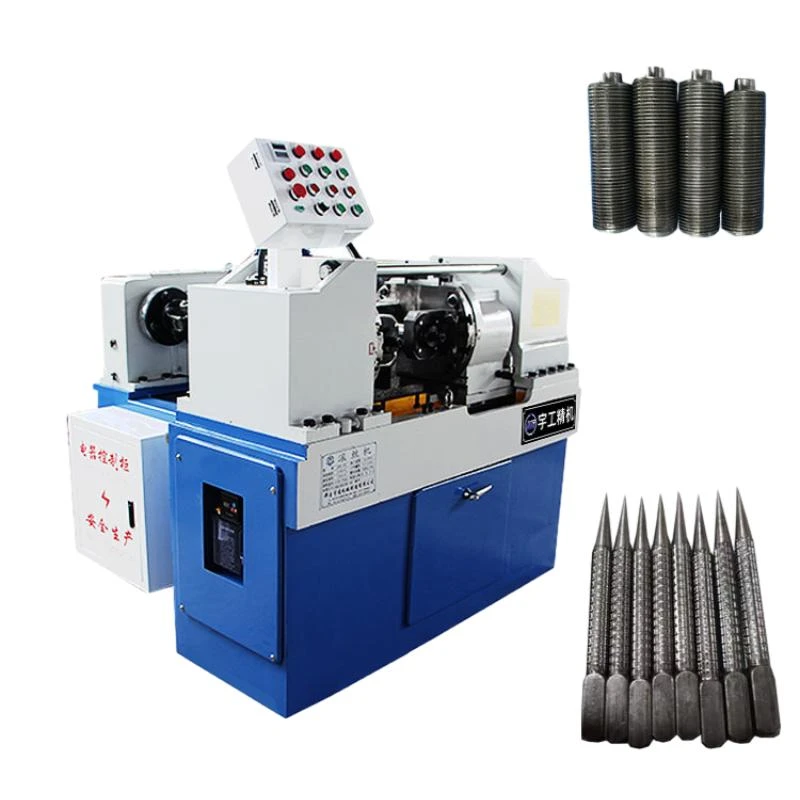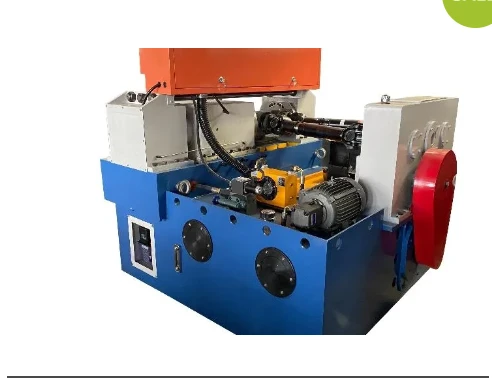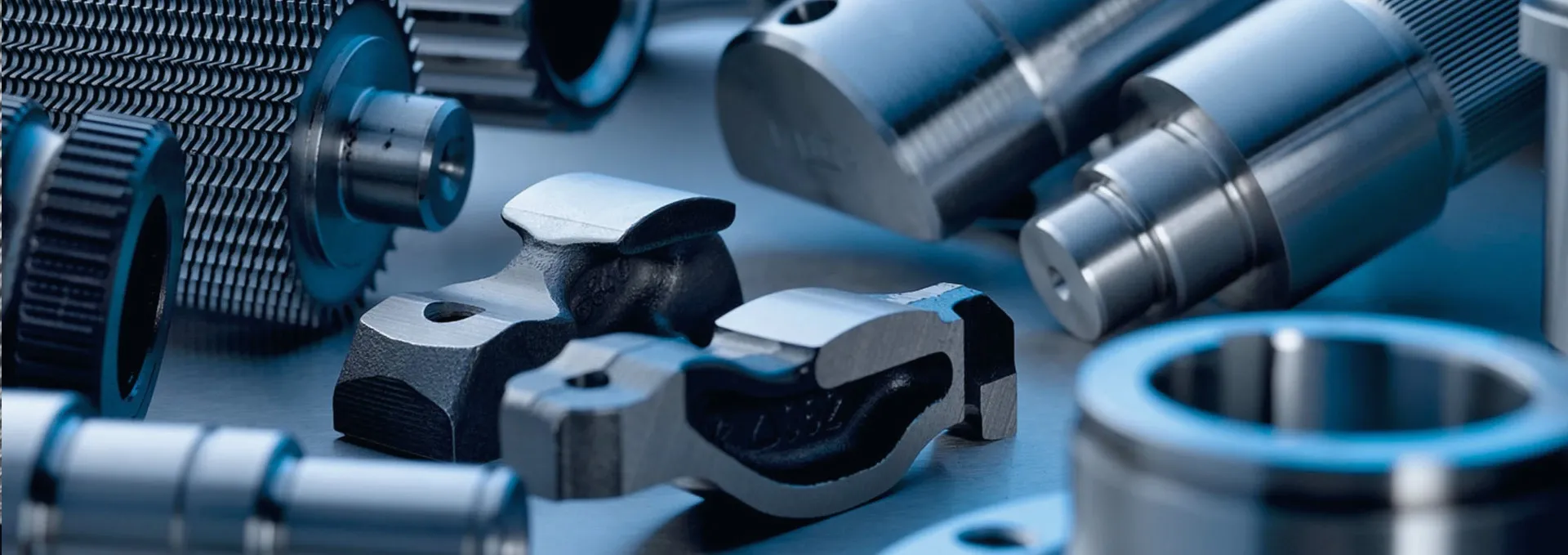
-
 Afrikaans
Afrikaans -
 Albanian
Albanian -
 Amharic
Amharic -
 Arabic
Arabic -
 Armenian
Armenian -
 Azerbaijani
Azerbaijani -
 Basque
Basque -
 Belarusian
Belarusian -
 Bengali
Bengali -
 Bosnian
Bosnian -
 Bulgarian
Bulgarian -
 Catalan
Catalan -
 Cebuano
Cebuano -
 Corsican
Corsican -
 Croatian
Croatian -
 Czech
Czech -
 Danish
Danish -
 Dutch
Dutch -
 English
English -
 Esperanto
Esperanto -
 Estonian
Estonian -
 Finnish
Finnish -
 French
French -
 Frisian
Frisian -
 Galician
Galician -
 Georgian
Georgian -
 German
German -
 Greek
Greek -
 Gujarati
Gujarati -
 Haitian Creole
Haitian Creole -
 hausa
hausa -
 hawaiian
hawaiian -
 Hebrew
Hebrew -
 Hindi
Hindi -
 Miao
Miao -
 Hungarian
Hungarian -
 Icelandic
Icelandic -
 igbo
igbo -
 Indonesian
Indonesian -
 irish
irish -
 Italian
Italian -
 Japanese
Japanese -
 Javanese
Javanese -
 Kannada
Kannada -
 kazakh
kazakh -
 Khmer
Khmer -
 Rwandese
Rwandese -
 Korean
Korean -
 Kurdish
Kurdish -
 Kyrgyz
Kyrgyz -
 Lao
Lao -
 Latin
Latin -
 Latvian
Latvian -
 Lithuanian
Lithuanian -
 Luxembourgish
Luxembourgish -
 Macedonian
Macedonian -
 Malgashi
Malgashi -
 Malay
Malay -
 Malayalam
Malayalam -
 Maltese
Maltese -
 Maori
Maori -
 Marathi
Marathi -
 Mongolian
Mongolian -
 Myanmar
Myanmar -
 Nepali
Nepali -
 Norwegian
Norwegian -
 Norwegian
Norwegian -
 Occitan
Occitan -
 Pashto
Pashto -
 Persian
Persian -
 Polish
Polish -
 Portuguese
Portuguese -
 Punjabi
Punjabi -
 Romanian
Romanian -
 Russian
Russian -
 Samoan
Samoan -
 Scottish Gaelic
Scottish Gaelic -
 Serbian
Serbian -
 Sesotho
Sesotho -
 Shona
Shona -
 Sindhi
Sindhi -
 Sinhala
Sinhala -
 Slovak
Slovak -
 Slovenian
Slovenian -
 Somali
Somali -
 Spanish
Spanish -
 Sundanese
Sundanese -
 Swahili
Swahili -
 Swedish
Swedish -
 Tagalog
Tagalog -
 Tajik
Tajik -
 Tamil
Tamil -
 Tatar
Tatar -
 Telugu
Telugu -
 Thai
Thai -
 Turkish
Turkish -
 Turkmen
Turkmen -
 Ukrainian
Ukrainian -
 Urdu
Urdu -
 Uighur
Uighur -
 Uzbek
Uzbek -
 Vietnamese
Vietnamese -
 Welsh
Welsh -
 Bantu
Bantu -
 Yiddish
Yiddish -
 Yoruba
Yoruba -
 Zulu
Zulu
Thread Rolling Machines Types, Suppliers & Precision Solutions
- Overview of Thread Rolling Machines
- Technical Advantages in Modern Thread Rolling
- Comparative Analysis of Leading Suppliers
- Customization Solutions for Industry Needs
- Case Studies Across Key Sectors
- Cost Efficiency and ROI Metrics
- Selecting the Right Thread Rolling Partner

(types of thread rolling machine)
Understanding Types of Thread Rolling Machines
Thread rolling machines are categorized into three primary types: flat die, cylindrical die, and planetary systems. Flat die machines dominate 58% of industrial applications due to their adaptability in producing threads up to 120mm in diameter. Cylindrical die variants excel in high-speed production, achieving cycle rates of 300-500 parts/hour. Planetary models, though representing only 12% of global installations, are critical for aerospace components requiring ±0.005mm tolerance levels.
Technical Superiority in Thread Formation
Modern thread rollers reduce material waste by 40-60% compared to cutting methods. Hydraulic synchronization systems maintain 98% energy efficiency during cold forming processes. Advanced models integrate IoT sensors that predict die wear with 89% accuracy, minimizing unplanned downtime. The table below contrasts performance metrics across machine categories:
| Parameter | Flat Die | Cylindrical | Planetary |
|---|---|---|---|
| Max Speed (units/hr) | 220 | 480 | 150 |
| Thread Tolerance (mm) | ±0.03 | ±0.015 | ±0.005 |
| Power Consumption | 7.5kW | 11kW | 18.5kW |
| Tooling Life (cycles) | 850K | 1.2M | 600K |
Supplier Landscape and Capability Matrix
The global market features 27 certified manufacturers meeting ISO 9001:2015 standards. Top-tier suppliers demonstrate 92% on-time delivery rates with average lead times of 6-8 weeks for standard models. Regional leaders control market shares as follows: North America (34%), Europe (29%), Asia-Pacific (27%). Custom configuration support varies significantly between suppliers:
| Supplier | Customization | Service Coverage | Lead Time |
|---|---|---|---|
| Company A | Full | 65 countries | 5 weeks |
| Company B | Partial | 42 countries | 7 weeks |
| Company C | Limited | 28 countries | 10 weeks |
Tailored Solutions for Specific Applications
Automotive manufacturers require thread rollers capable of processing 6,000+ fasteners daily with 99.95% consistency. Medical device producers demand machines with ISO 13485 compliance and cleanroom compatibility. Recent innovations include dual-spindle systems that reduce changeover time by 73% and hybrid models combining rolling and knurling functions.
Industry Implementation Success Stories
A European automotive supplier increased output by 37% after installing CNC thread rollers with automatic gauging. Aerospace contractors reduced scrap rates from 5.2% to 0.8% using planetary machines with laser alignment. Energy sector adopters report 19-month ROI on equipment producing API-certified pipeline threads.
Economic Considerations and Value Analysis
High-volume producers achieve per-part costs below $0.018 using cylindrical die systems. Maintenance contracts covering predictive analytics reduce annual downtime costs by $46,000 average. Energy recovery systems in modern units slash power expenses by 22% compared to previous generations.
Evaluating Types of Thread Rolling Machine Companies
Top-performing suppliers provide 360-degree support including application engineering and die design services. 78% of premium manufacturers now offer remote diagnostics via AR interfaces. Critical selection factors include: 24/7 technical support availability, minimum 85% spare parts inventory, and documented process validation protocols.

(types of thread rolling machine)
FAQS on types of thread rolling machine
Q: What are the main types of thread rolling machines available?
A: The primary types include flat-die, cylindrical-die, and planetary thread rolling machines. Flat-die machines are ideal for high-volume production, while planetary types suit complex threading requirements.
Q: How to choose reliable types of thread rolling machine suppliers?
A: Look for suppliers with industry certifications, proven expertise in thread rolling technology, and positive client reviews. Ensure they offer after-sales support and customization options.
Q: What services do top types of thread rolling machine companies provide?
A: Leading companies often offer custom machine design, technical training, and maintenance services. Many also supply spare parts and provide troubleshooting assistance.
Q: Do thread rolling machine companies guarantee product quality?
A: Reputable companies provide quality assurances like ISO certifications and rigorous testing protocols. They often include warranties and performance guarantees for their machines.
Q: What factors affect the lifespan of different types of thread rolling machines?
A: Lifespan depends on material quality, maintenance frequency, and operational conditions. Regular lubrication and alignment checks significantly extend machine durability.
